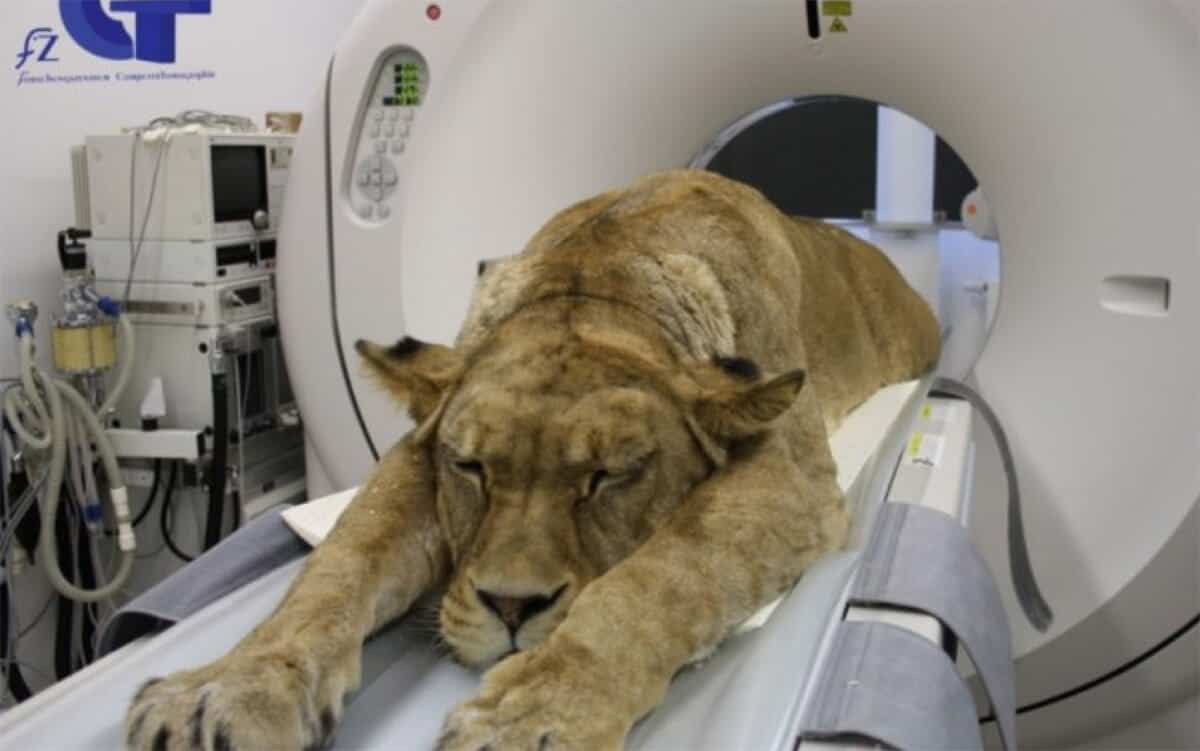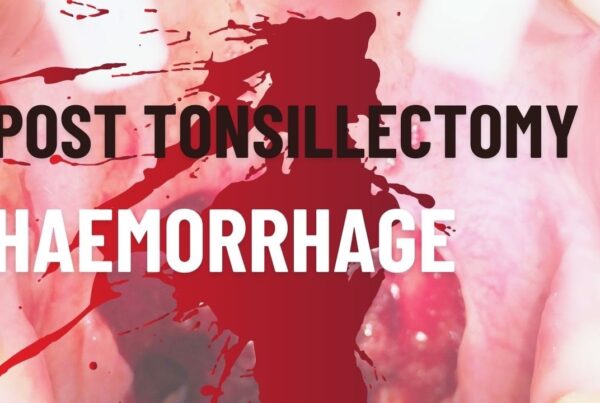Introduction
What if we had a tool that allowed identification of haemorrhage source, in trauma patients with no obvious primary source or with potentially multiple sources of bleeding?
Who would gain the most from this?…..The sickest and most unstable patients obviously.
Well we do have such a tool!…….It’s the CT Scanner.
Who are the sickest patients? The hypotensive trauma patients. Long standing dogma says that we cannot take unstable patients to CT. It’s been called the ‘Tunnel of Doom’ or the ‘Doughnut of Death”, because of our long standing belief is that patients die there. Even ATLS doesn’t recommend it……Therefore, we must never take sick patients there.
What is the reality?
The surgeon sometimes needs the assistance of the CT scan to see what is the injuries actually are. The surgeon will operate, therefore I will try and assist them by getting a CT scan- with some conditions.
Is there any evidence?
Most studies in this area, are retrospective, however the trends are convincing enough to challenge the current dogma. Cook(1) in a prospective observational study, found that taking selected hypotensive patients with a positive FAST scan to CT, was associated with a lower chance of emergency surgery. Mortality was not affected.
The degree of hypotension must play a part, such that, we may take a patient with a systolic blood pressure of 80mmHg, but would not consider it when the blood pressure is 50mmHg.
In these situations the proximity of the scanner to the trauma bay plays a role as well as the time to theatre post CT(2)
A recent paper by Ordonez et al(3), looked at the effects of immediate CT versus operating room in haemodynamically unstable patients. This was a retrospective study, where the whole trauma team accompanied the patent to CT.
There were some issues with the study including:
- Blunt vs penetrating trauma was not well matched
- It was not clear, as to who made the decision to CT
- The role of FAST scan was not clear.
In this study, the CT assisted in deciding definitive or specific surgical management in 46% of cases.
My Approach
My approach comes from my belief that the CT does play an important role in deciding management of this patient group. I can’t ignore that it may assist the surgeon. I cannot refuse to do it, if the surgeon believes it will assist them in their management. However:
- I won’t take a patient to CT if the BP is less than 50-60mmHg ( that’s my figure and I made it up).
- I expect that the anaesthetist and surgeon accompany us, so that if theatre is the result, the decision is made there and then and the patient moves in one direction, always away from the ED.
References:
- Cook MR et al. An Abdominal computed tomography may be safe in selected hypotensive trauma patients with positive Focused Assessment with Sonography in Trauma examination. Am J Surg. 2015 May;209(5):834-840
- Chih-Yuan Fu et al. Hypotension does not always make computed tomography scans unfeasible in the management of blunt abdominal trauma patients. Injury Jan 2015; 6(1):29-34.
- Ordonez et al. Computed tomography in unstable severely injured blunt and penetrating trauma patients. J Tram and Acute Care Surj. April 2016;80(4):597-603.











would be interesting to know what type of CT would you do? Pan CT ? CT+?
delayed phase?